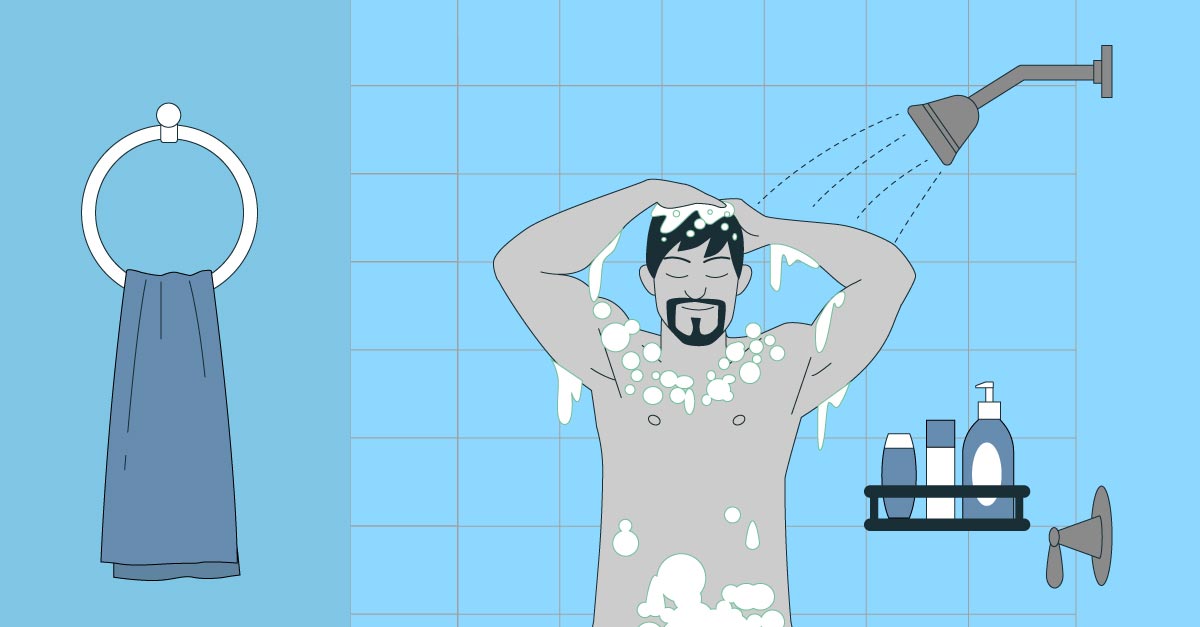Freezing showers, ice baths, cold plunges — cooling off is a super-hot wellness trend.
You can read articles about people taking freezing showers every morning for a month, see TikToks of influencers dunking themselves in ice baths, and hear people discussing cold plunges on health-related podcasts. Many people claim that immersing yourself in cold water has all sorts of benefits for your mind and body.
But does the trend live up to the hype? Here are a few of the ways cold plunges might help your health.
Effects on Metabolism
Cold plunges may raise your metabolism, helping your body burn calories at a faster rate. This change is likely temporary, but those who do cold water immersions more regularly may see a greater effect. On the other hand, there’s not yet any evidence that shows that people can lose weight from cold plunges alone. While you may burn more calories overall with regular ice baths, the difference probably won’t make up for a bad diet or lack of exercise.
Your metabolism may also be affected in other ways by cold temperatures. Some research shows that your cells may become more sensitive to insulin after regular cold plunges, which means that your tissues can more effectively convert sugar in your blood to energy. This might help protect against conditions like diabetes, although this hasn’t yet been studied.
Cold Temperatures and Circulation
Exposing your tissues to the cold shocks your system. You start breathing faster, your blood pressure ramps up, and your heart goes into overdrive. As a result, you have more blood flow throughout your body, which can reduce pain and help you move around more easily. However, you can also boost circulation through other methods, such as by simply going on a walk.
Exercise Recovery After a Cold Plunge
People who work out may find that an ice bath speeds up their recovery. Those who take the plunge after exercising have less muscle soreness afterward. These effects are primarily seen after high-intensity exercise that gets your heart pumping fast, but not for strength-training workouts.
Ice Baths and Immunity
You may be able to use the cold to boost your immune system. One study reported that, after a month, those who ended their morning shower with a burst of cold water were nearly 30% less likely to call in sick to work.
How the Cold Affects Your Mental Health
The shock of a cold plunge may activate responses in your brain that help you better deal with stress, improve your mood, and boost your ability to focus. One study also found that cold showers may help reduce symptoms of depression.
Are Cold Plunges Safe?
If you attempt a cold plunge, it’s important to understand that water temperatures affect your body differently than air temperatures — just because your body can handle 40°F air for a certain amount of time doesn’t mean it will be okay with 40°F water. Heat is leached out from your body 25 times quicker when you’re in water compared to air. Don’t overdo your ice bath!
Additionally, cold plunges aren’t a good idea for everyone. Because they strain your heart and have the potential to cause heart damage, cold water immersions shouldn’t be attempted by people with a history of heart conditions or by those taking blood pressure medications.
It’s also important to know that, while cool showers or baths may provide some benefits, there’s no evidence they can cure chronic conditions. Experts warn that you shouldn’t use cold plunges in place of traditional medical treatments.
How To Try a Cold Plunge
Want to test out cold water immersion for yourself? The easiest way to do this is by turning the dial to “C” at the end of your shower. You can also try filling up the tub with cold water and dipping yourself in. Some spas or sports clubs also have cold plunge tools available that you can use after a workout or sauna session.
You’ll have to bring the water temperature down below 60°F to see any health effects. The good news is that you don’t have to spend a ton of time shivering and freezing — 30 seconds is often enough to experience benefits, and you’ll get all the benefits you can after a couple of minutes.
It’s best to go slow, gradually decreasing the temperature each day. This strategy is safer than, say, participating in a polar plunge where your body suddenly gets extremely cold without any preparation.
As soon as you’re done with your ice bath, warm yourself back up. Put on warm clothes and grab a cup of coffee.

Are Cold Plunges Right for You?
Ultimately, cold plunges may provide small benefits, although research into this area is in the early stages. As the authors of one recent scientific review stated, “Without further conclusive studies, the topic will continue to be a subject of debate.”
Ultimately, cold plunges may boost your health in certain ways, although they aren’t likely to lead to major health changes on their own. Incorporate them into a healthy lifestyle for best results once you have consulted your physician.
